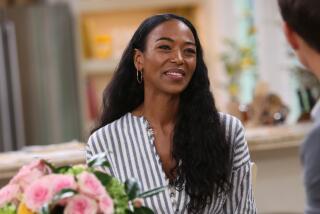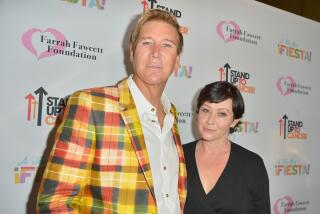Column: A cancer survivor’s advice: research, persistence and second opinions
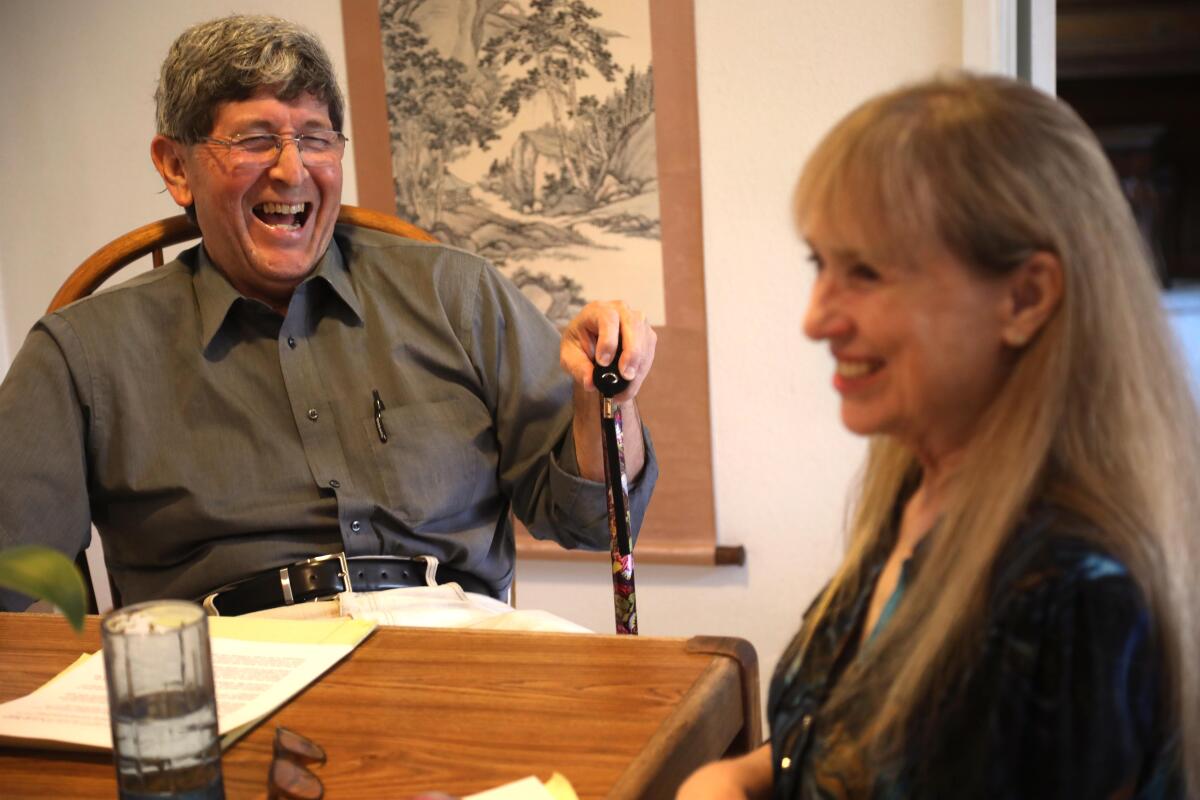
- Share via
In the fall of 2022, Robin Clough and Dr. Gene Dorio were going about their lives as they had for many years, serving older adults in the Santa Clarita Valley. Clough was busy with her work as an administrator at the local senior center while Dorio, a house-call geriatrician, crisscrossed the valley visiting his patients.
In November of that year, Clough saw a lump on her neck and had it checked out. The early indication was that she had papillary thyroid cancer.
“I was somewhat worried,” said Clough, but not overly so, because she knew that type of cancer was treatable and highly survivable. “So in the back of my mind it was like, ‘Oh, I’m so lucky. ... It’s the easiest type of cancer to take care of.’”
California is about to be hit by an aging population wave, and Steve Lopez is riding it. His column focuses on the blessings and burdens of advancing age — and how some folks are challenging the stigma associated with older adults.
Then things took a sharp turn for the worse. “I noticed it growing a lot,” Clough, 70, said of the lump. “I was having trouble speaking.”
Surgery was scheduled. Dorio, 72, said it was expected to take about three hours to remove the tumor and half of Clough’s thyroid gland. But the procedure dragged on. When the surgeon updated Dorio nine hours later, the news was grim. The tumor had spread through the thyroid gland, onto the carotid artery and into the tracheal rings.
“He told me it was all over the place,” Dorio said.
Tests revealed that Clough had anaplastic thyroid cancer, a far more aggressive form than papillary.
We all know our fortunes can turn without much warning, especially as we age and the odds stack against us, raising the threat of our bodies gradually failing and our minds fading. But in just a couple of weeks, Clough and Dorio had gone from cruising through life to confronting death.
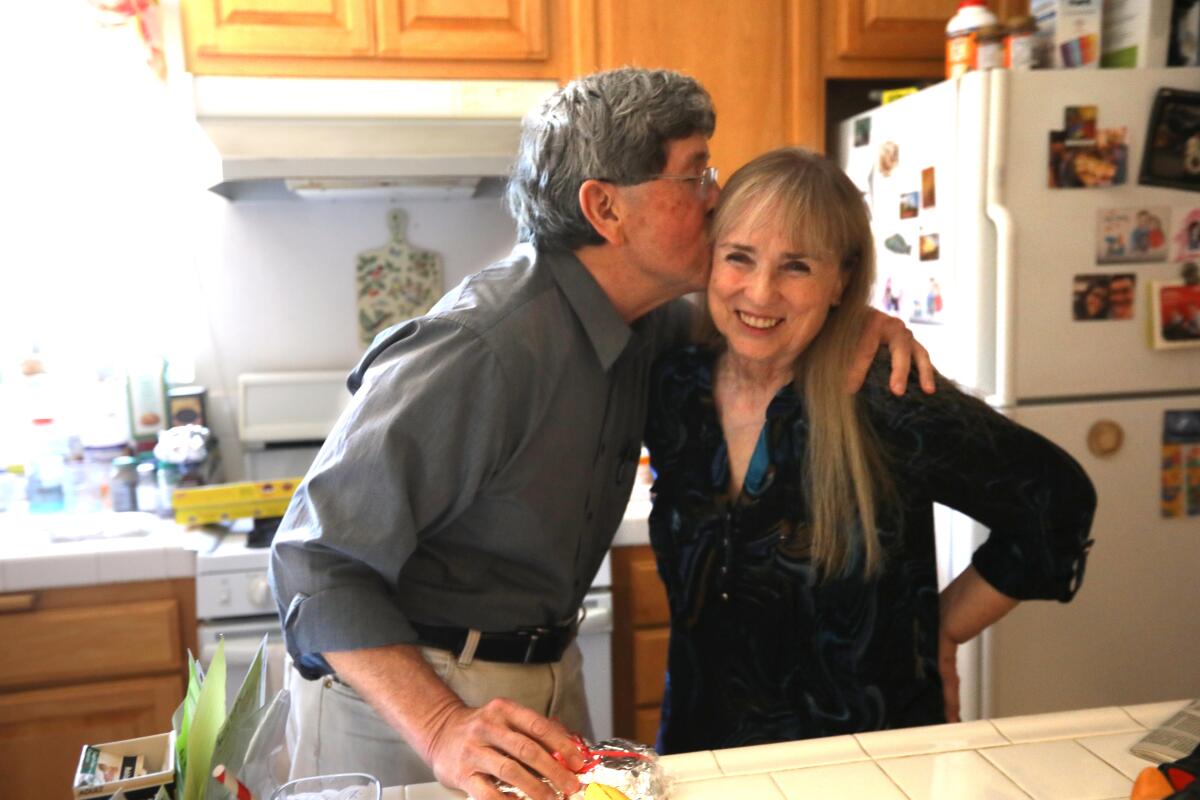
With her type of cancer, life expectancy is often measured in months rather than years. “It was so hard to process, and I think my mind stopped me from processing it because it’s just too overwhelming,” Clough said.
They’d fallen for each other about 20 years ago after each had been married and divorced. Dorio has a daughter named Janene. Clough has two daughters, Catie and Amy. The Dorio-Clough courtship and blending of the two families began with him giving her a flu shot at her senior center; then he had her on his local radio show, “The Senior Hour.”
They never married, and still don’t see the need.
“We’re compatible and we love each other … and have the same interests — fighting for people’s rights,” said Dorio, who, along with Clough, pushed for legislation — signed by Gov. Gavin Newsom — giving families more authority to determine medical decisions for loved ones even in the absence of an advance directive. Dorio had also served on the L.A. County Commission for Older Adults.
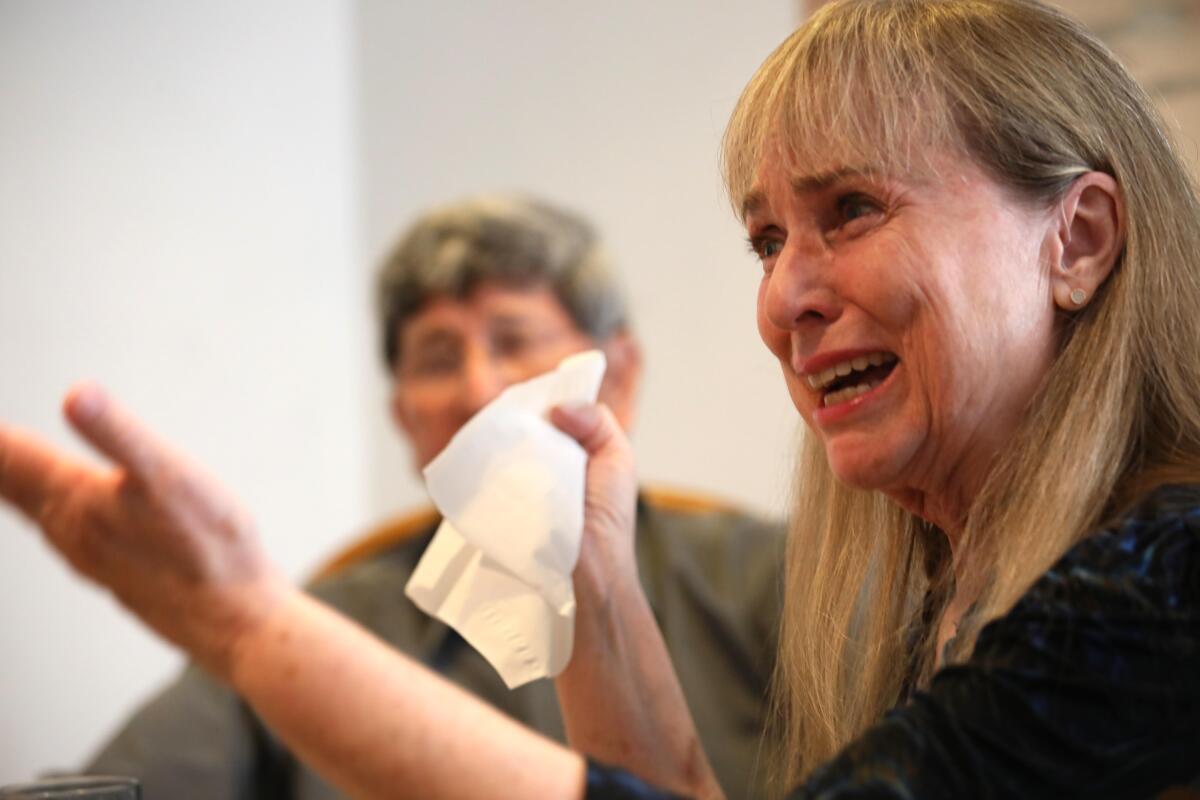
Facing her grim diagnosis, Clough and Dorio leaned on each other and on Janene, Catie, Amy and their godparents, Susan and Tony. There were weekly Zoom meetings to bolster spirits and share information about emerging therapies.
I’d gotten to know Dorio a little bit over the years, having tagged along on his house calls, so I was copied on the periodic updates on Clough’s status that he mailed to friends and family. She beat the three-to-six-month prediction, and in July of 2023 Dorio wrote to say she was better, “but still has a ways to go.”
By then, she’d undergone seven consecutive weeks of chemotherapy and radiation, suffering skin burns on her neck from the latter. A metastatic lesion was surgically removed from her leg. Dorio took Clough to MD Anderson Cancer Center in Houston on a recommendation from Cedars-Sinai.
“To all our friends and family,” Dorio wrote in that July update, “seeking a second opinion and being persistent in researching and asking questions of your doctor team is very important, no matter what the diagnosis might be. It is physically and emotionally a roller coaster. But we have been given wonderful support from our family and many of you in the community. We will provide help and guidance in the future should you need it.”
In Houston, medical staff queried Clough about her family history. “This cancer is mostly caused by radiation exposure,” Clough said, “and one of the first things they asked me … was where did you grow up?”
Her answer was Arizona, downwind from nuclear weapons testing in nearby Nevada in the 1940s and ’50s that contaminated water, soil and food sources for years.
I asked Clough if she had seen the Oscar-winning movie “Oppenheimer,” about the creation of the first nuclear weapons.
“I won’t watch it,” she said firmly.
It’s impossible to directly link Clough’s cancer to weapons testing, but the federal Centers for Disease Control and Prevention reports that people exposed to radiation fallout, “especially during childhood, may have an increased risk of thyroid disease, including thyroid cancer many years later.”
Oncologists Alain Mita at Cedars-Sinai and Maria Cabanillas at MD Anderson, who had collaborated previously on patients with anaplastic thyroid cancer, determined that Clough’s form of cancer warranted treatment with Keytruda, a drug that stimulates the immune system.
But after a few months of treatment that had showed some promise, the cancer was growing again. In late December, Clough’s doctors switched to a drug called Retevmo, a targeted therapy that blocks the driver of tumor growth.
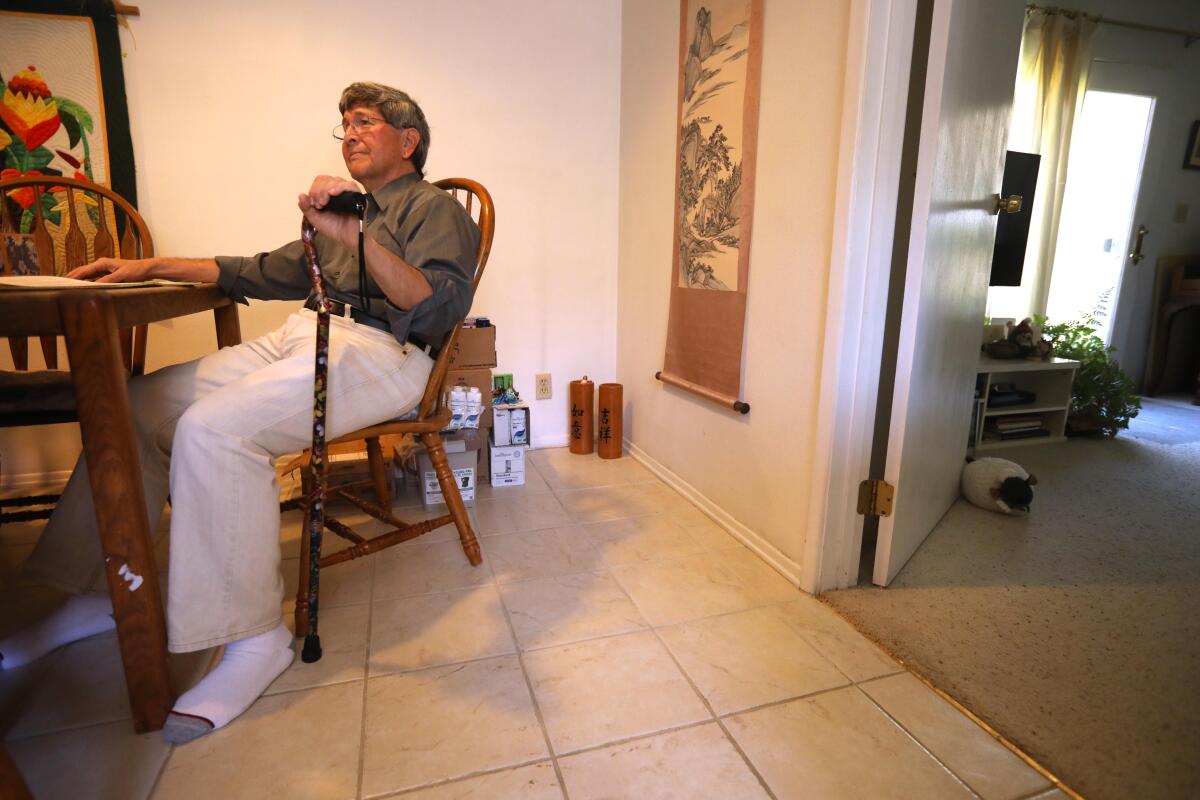
A hopeful Dorio recalled that in a 2017 blog post, he had written that “genetic engineering research is on the verge of finding the DNA ‘stop button’ ” for cancer cell growth. He added, “Hopefully one day our great-grandkids will ask … ‘What was cancer?’”
One month into Retevmo medication, Clough had to stop because of adverse side effects to her liver. But a new scan revealed what seemed to her like a miracle.
The cancer was gone.
Two months later, she had another test.
No cancer.
“Her cancer is, at this moment, undetectable and in remission. For anaplastic cancer that’s very unusual,” Dr. Mita told me.
That doesn’t mean the cancer won’t return, he said. But for the time being, there’s cause for optimism.
Mita said that 10 years ago he could not have predicted this measure of success against such an aggressive cancer, and he’s hopeful medical science will see more advances in the coming years. With some cancers, he said, doctors are now able to skip chemotherapy and radiation in favor of meds like those used to treat Clough.
Cabanillas shared his optimism, saying survival rates at MD Anderson have improved with some forms of anaplastic thyroid cancer by using “immunotherapy in combination with targeted therapy.”
In her kitchen a few days ago, with the girls’ college diplomas and family photos hanging on the walls, Clough said it’s all been overwhelming at times, and Dorio chimed in on his own worries and determination to remain strong for her sake. Clough’s life has been consumed by doctor visits, surgical procedures, continued unpleasant side effects from treatment and the constant anxiety of awaiting the next test results.
“I never felt like it was too much,” Clough said. “There are times when I think, I’m so tired of this. But it’s never been too much, and I think that’s because of my loved ones.”
Dorio, meanwhile, put his practice on hold to focus on the house-call patient who lives in his own home. He’s been putting off hip replacement surgery, too, and uses a cane.
It’s more than a little helpful, Clough said, when, in the midst of a life-threatening medical crisis, the person you live with is a doctor. She said she never felt that she could beat cancer entirely, “but that I could keep it under control. And I still have that hope.” Each day, she said, is a bonus.
Clough shed a few tears as she told her story, but also flashed a radiant smile.
“I was supposed to be gone, but I’m not. So every day is ‘Wow,’ you know? I get to see my daughters, and in the process of this I had my first grandchild.”
The baby boy is now 11 months old.
His name is Robin.
More to Read
Sign up for Essential California
The most important California stories and recommendations in your inbox every morning.
You may occasionally receive promotional content from the Los Angeles Times.


